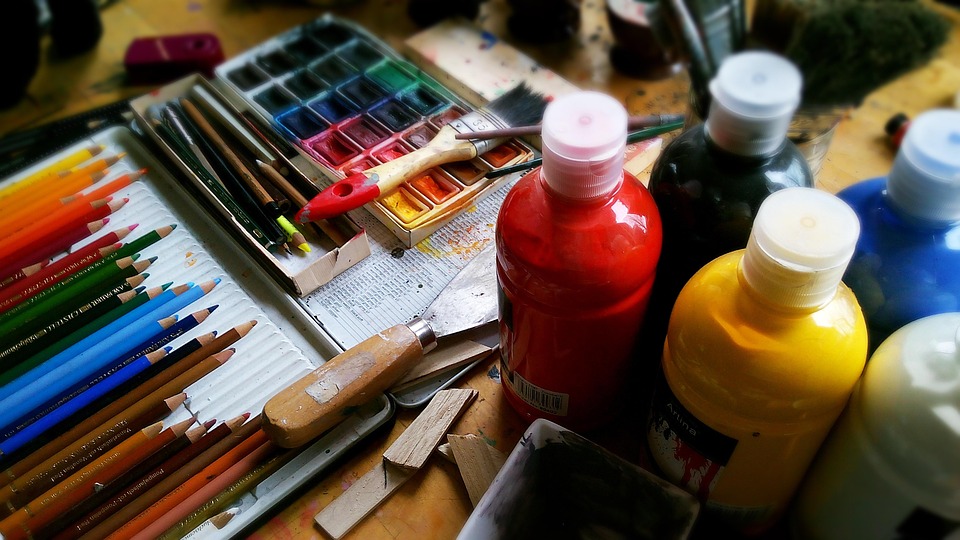Traveling not only broadens your horizons but also infuses your creativity with vibrant experiences. If you’re an artist or simply love capturing your surroundings, watercolor painting provides a beautiful way to document your adventures. In this post, we’ll explore essential watercolor painting tips for travelers, helping you turn moments into masterpieces!
Why Watercolor Painting?
Watercolor painting is a portable, versatile, and forgiving medium, making it perfect for on-the-go artists. It’s lightweight, dries quickly, and allows for endless creativity. Whether you’re exploring bustling city streets or serene landscapes, watercolor can beautifully encapsulate the essence of your travels.
Essential Watercolor Tips for Travelers
1. Choose the Right Supplies
Before you embark on your journey, invest in high-quality yet lightweight watercolor supplies:
- Watercolor Set: A compact watercolor palette is essential. Look for sets that include a variety of colors.
- Brushes: Carry a few different sizes, ideally with collapsible handles.
- Watercolor Paper: Purchase a travel watercolor sketchbook that can withstand wetting without warping.
- Pens and Pencils: Include waterproof pens and a soft pencil for sketches and notes.
2. Plan Your Painting Location
Great locations can elevate your artwork. Research stunning spots before your trip, or use local recommendations. Some bucket-list destinations worth considering are:
- Venice, Italy: Capture the enchanting canals and charming architecture.
- Kyoto, Japan: Paint the mesmerizing cherry blossoms and traditional temples.
- New York City, USA: The combination of urban settings and greens in Central Park offers diverse scenes.
3. Embrace the Environment
Take advantage of natural light and settings. Early mornings and late afternoons typically provide the best lighting. Plus, observe the surroundings; let the local culture and climate inspire your color palette and subjects.
4. Practice Quick Sketching
Mastering the art of quick sketching helps you capture the essence of a moment rapidly. Spend a few minutes sketching the outlines of your surroundings before adding color. This practice will sharpen your skills over time, enabling you to paint faster and more confidently.
5. Keep Your Palette Simple
While it can be tempting to bring an extensive range of colors, a simplified palette is more practical. Focus on primary colors and a few neutrals to create a wider range of shades through mixing, while minimizing the weight of your supplies.
Tips for Safe and Simple Painting while Traveling
1. Use a Water Container
Travel with a collapsible water bottle or container to have easy access to water anytime. Look for multi-purpose containers that can also store your brushes when not in use.
2. Protect Your Artwork
Invest in a portable portfolio or folder to keep your wet paintings safe and flat until dried. This will prevent smudging and creasing.
3. Share Your Process
Document your journey and your painting process on social media. This can connect you with other traveling artists and inspire others to capture their adventures through art.
Conclusion
Watercolor painting while traveling offers you an extraordinary way to encapsulate your experiences. By following these essential tips, you can create beautiful memories that embody the spirit of your adventures. So grab your supplies, find a picturesque location, and let your brushstrokes tell your travel story!
FAQ
1. What are the best watercolors for travel?
Some popular options include the Winsor & Newton Cotman® Watercolour Sketchers’ Pocket Box and the Daniel Smith Extra Fine Watercolors. Both offer high-quality pigments in compact sets.
2. Can I use ordinary sketch paper for watercolor painting?
Regular sketch paper isn’t suitable for watercolor as it can warp and tear. Use specially designed watercolor paper that can hold water without compromising its structure.
3. How do I preserve my watercolor paintings when traveling?
Allow your paintings to dry completely, then use a portfolio or plastic sleeves for protection. If you intend to display them later, consider using a fixative spray for added preservation.


Comments are closed.